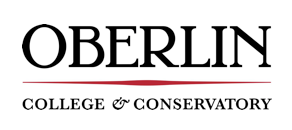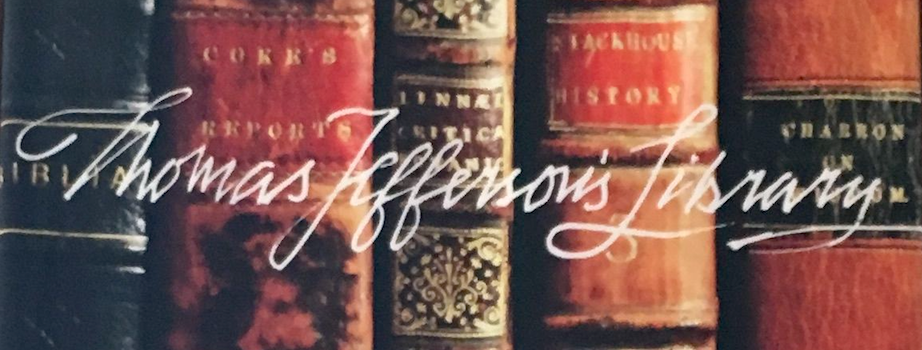Reconstructing Jefferson's Libraries
Jefferson’s first, and most extensive (6,487 volumes) library was sold to the United States in 1815, forming the basis of the Library of Congress. [6] He later began work on a second collection of several thousand books, which was auctioned off in 1829 to settle some of Jefferson's many financial obligations. Finally, Jefferson himself selected 130 volumes for the Fine Arts Library at the fledgling University of Virginia.
Several lists of Jefferson's collections have been lost over the years, presenting a challenge for scholars trying to recreate Jefferson's library.[7] Three major bibliographies have emerged as particularly valuable sources regarding Jefferson's architecture books:
Fiske Kimball
Clarence Ward used Fiske Kimball's 1916 Thomas Jefferson, Architect to build the Art Library's Thomas Jefferson Architectural Books Collection. Fiske Kimball (1888-1955) was a highly influential architectural historian, credited with creating the field of American architectural history and establishing Jefferson's prominent place in the field.[8] Kimball’s bibliography assembled the various books on architecture and gardening which Jefferson owned with the dates of their acquisition and dispersal, so far as these dates are ascertainable. [9]
Jefferson’s architectural library was important for both intellectual and practical needs; architects to this day rely on the detailed drawings (sections, plans, etc.) in books and journals to inform their designs. As Kimball confirms “to know what architectural books were at hand is particularly important in Jefferson's case on account of his dependence on books for his inspiration.” Thus Kimball’s bibliography assists researchers tracing influences on Jefferson’s designs since it notes which books on architecture were in his possession at specific times.
William O'Neal
Thomas Jefferson created an extensive bibliography of fine art books for the library at the University of Virginia. Jefferson himself designed the buildings for the University, and saw his buildings as valuable educationalexamples. Ray W. Frantz writes that “...the University's holdings in architectural books and the physical aspect of the University were to reinforce one another...”[10] William O'Neal's A Fine Arts Library: Jefferson's Selections for the University of Virginia (1976) is based on the list prepared by Jefferson and his secretary, Nicholas Trist, in 1825, and has been further checked against the University's 1828 printed library catalog.
E. Millicent Sowerby
The standard reference for Jefferson's 1815 collection is Millicent Sowerby's massive Catalogue of the Library of Thomas Jefferson (1952-9). Sowerby painstakingly compiled this 4,931-item bibliography from lists in the Library of Congress and from Jefferson's letters. The project was intended for Jefferson's bicentennial in 1943, but was not completed until 16 years later.[11]
Mark Dimunation, chief of the Library of Congress' Rare Book and Special Collections division, called Sowerby's Catalogue “the greatest bibliography of the 20th century.”[12] Sowerby's bibliography is the foundation of the Library of Congress' re-creation of Thomas Jefferson's Library.
Jane Sandberg, Oberlin College art library, May 11, 2011
Revised by Barbara Prior, Head, Clarence Ward Art Library, August 2017
6. Fineberg, Gail. "Thomas Jefferson’s Library. The Library of Congress. June 2008. (accessed April 21, 2011).
7. Mark Dimunation. “The Whole of Recorded Knowledge: Jefferson as Collector and Reader”. in Robert C. Baron and Conrad Edick Wright, eds.
The libraries, leadership, & legacy of John Adams and Thomas Jefferson.
Golden, Colo., Fulcrum Pub.; Boston, Mass.: Massachusetts Historical Society, c2010
8. Richard Guy Wilson. "Kimball, Fiske." In Grove Art Online. Oxford Art Online, (accessed April 19, 2011).
9. Fiske Kimball, Thomas Jefferson, architect; original designs in the collection of Thomas Jefferson Coolidge, Junior.... (1916), p. 90-101.
10. Dimunation
11. O'Neal, William B. A Fine Arts Library: Jefferson's Selections for the University of Virginia Together with His Architectural Books at Monticello: an Exhibition Sponsored by the Alderman Library & the Committee on the Bicentennial, February-May 1976. Charlottesville: University of Virginia, 1976.
12. Fineberg


